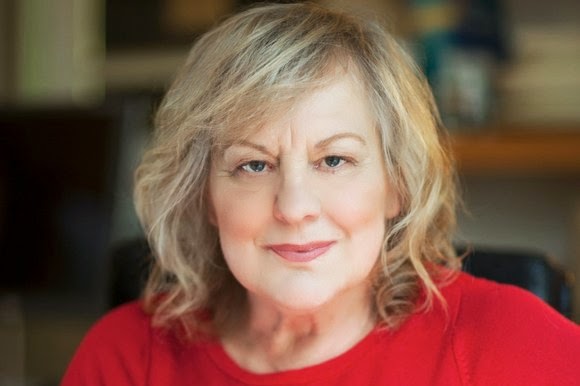Sin and an adult faith
A sermon for Easter 2. John 20.19-31 Easter can seem a bit like a fairy story sometimes. We have angels, soldiers who fall asleep at all the right moments, Jesus who is missing, the disciple look here and there for him only for him to appear in disguise as a gardener, or through locked doors. It can make you want to call out to them, ‘He’s behind you’. The fairy story has become a pantomime. (Perhaps Thomas is the Buttons of this pantomime – missing out when the others see the vital piece of the plot and then acting slightly dim.) But of course, fairy tales and pantomimes are distinguished by the fact that they have a happy ending. And the resurrection is nothing if not that – Jesus is risen, all is well with the world, we can now all live happily ever after. End of story, curtain down, time to go home. There is much in this that we should not dismiss too easily. Easter is a time of great joy, and I think we should enjoy the humour of


